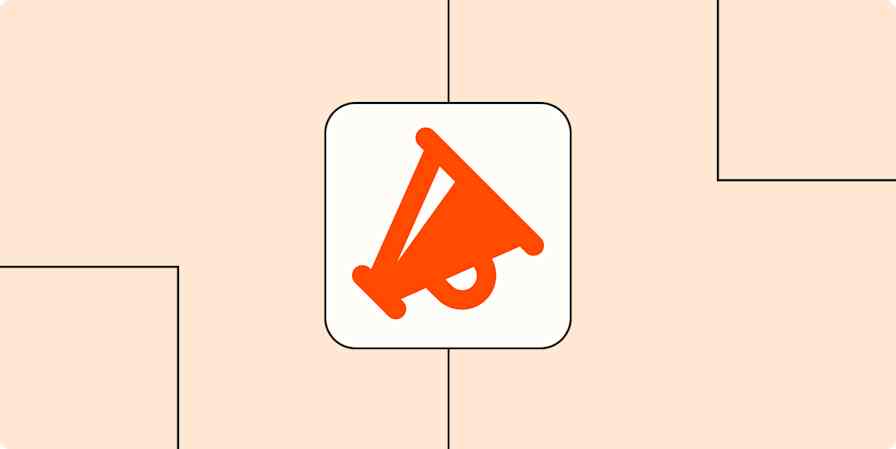Business tips
10 min readAbout Page Essentials: Consider These 8 Elements to Make Your Company Look Best
By Jane Callahan · March 19, 2015

Get productivity tips delivered straight to your inbox
We’ll email you 1-3 times per week—and never share your information.
tags
Related articles
Improve your productivity automatically. Use Zapier to get your apps working together.








